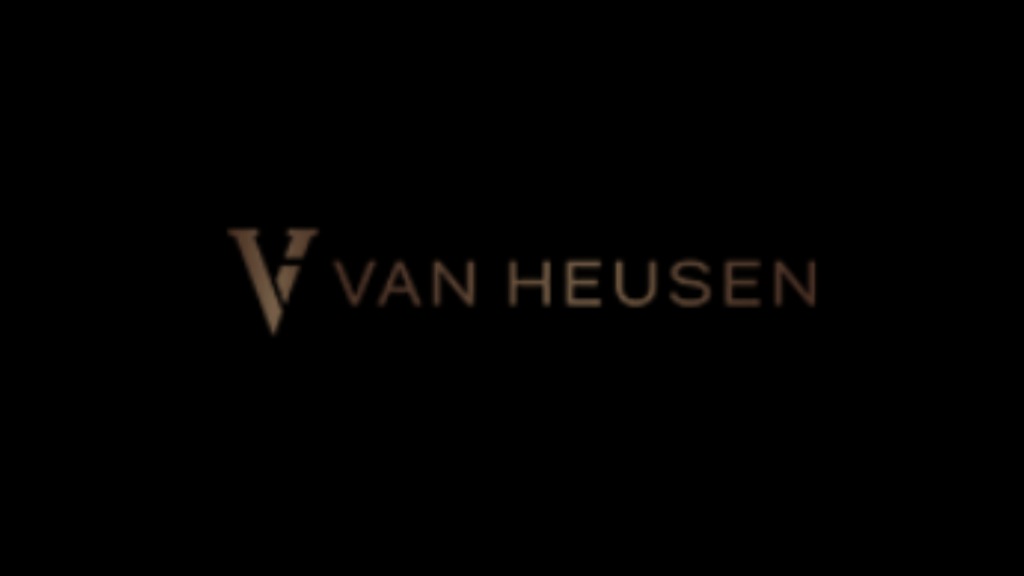The non-formal wear market is a highly competitive one, with a range of players catering to different customer segments. From high-end home-grown brands to budget-friendly local ones, there is no dearth of options for those looking to dress up for a special occasion. But the market remains highly fragmented, with only a few players being able to crack the branding code nationally.
So why is Van Heusen, a top player in the workwear and formal fashion arena, trying to muscle its way into the fuzzy yet cut-throat market?
The fashion brand from Aditya Birla Fashion and Retail (ABFRL) has just launched VH Evening, a dedicated sub-brand for special occasion evening wear. “We’ve priced the collection between 2,000 and20,000 to cater to a wide spectrum of consumers without diluting the premium positioning,” says Abhay Bahugune, chief operating officer, Van Heusen.
The market for special occasion wear, particularly Western styles, is dominated by boutique designers with limited reach. VH Evening will fill this void. With non-apparel products such as shoes, belts, and accessories, the brand hopes to be a “one-stop solution” for consumers’ evening wear needs. “Special occasions demand curated dressing, and that’s where we’re stepping in — not just with apparel but with a complete look,” says Bahugune. “This line would address all special occasions, ranging from family events to out of office conferences,” Bahugune adds. ABFRL is exploring exclusive stores for the VH Evening line in the next couple of years.
Treated largely as a niche, the evening wear market in India presents quite a big opportunity. The men’s wedding wear market alone is estimated at 750 billion and for women is valued upwards of1 trillion, and is expected to grow to about `1.7 trillion by 2030.
“From an opportunity perspective, the segment has witnessed a paradigm shift, with men willing to dress up more than ever before — be it for any festive occasion,” says Ketan Pishe, partner, P N RAO.
Given that backdrop, Van Heusen hopes VH Evening will contribute 15-20% of its total revenue in three years. The lifestyle brands segment of ABFRL, which comprises brands such as Louis Philippe, Van Heusen, Allen Solly, Peter England, among others, reported a revenue of `1,636 crore in the second quarter of FY2025, a 3% increase from the previous year.
A tailored approach
VH Evening’s rollout began around two months ago in select stores, and the early response has been promising, the company says. The brand is leaning heavily on digital-first campaigns across social media, alongside influencer partnerships and curated events to connect with its core audience of professionals aged 28-35. Traditional advertising, including TV and print, is slated for later.
“VH Evening should be showcased not just as a clothing brand but as an experience that fuses fashion with culture,” says Durvesh Yadav, founder, Rising Star Communication. “It should engage tech-savvy consumers by leveraging premium e-commerce platforms and by offering online styling services,” he adds.
While the potential is significant, Van Heusen will face some key challenges. Saif Ahmad, founder of Luhaif Digitech, points out that with Van Heusen’s strong association with corporate wear, it should not try to become the go-to destination for premium evening attire overnight. Continuous marketing and a compelling narrative around its ‘Born of Art’ positioning will be crucial to reshape consumer perception, he says. “Transitioning from being workwear to a broader lifestyle brand requires precise positioning and consistent storytelling,” adds Yasin Hamidani, director, Media Care Brand Solutions.
That apart, the brand must find ways to differentiate itself from boutique designers and global fast-fashion players. “The consumer is discerning and seeks unique, personalised experiences. VH Evening must ensure its designs stand out,” notes Pishe. Catering to a diverse market like India, where regional preferences vary widely, could complicate the process of delivering a universally appealing collection.
The price sensitivity of Indian consumers, even in the premium segment, adds another layer of complexity. Striking the right balance between accessibility and luxury will demand careful execution, say retail experts. The rules of the game are also changing fast. Take legacy brand Manyavar that has teamed up with quick commerce platform Zepto to deliver products in minutes. Agility, therefore, will be a key asset.
What will work in its favour is brand recognition, ABFRL’s vast customer experience, and its wide retail network. As of March 2024, ABFRL has 4,664 brand stores across India with a presence in over 37,205 multi-brand outlets. That’s something its competitors will find difficult to live down.


